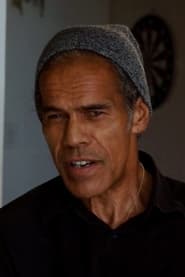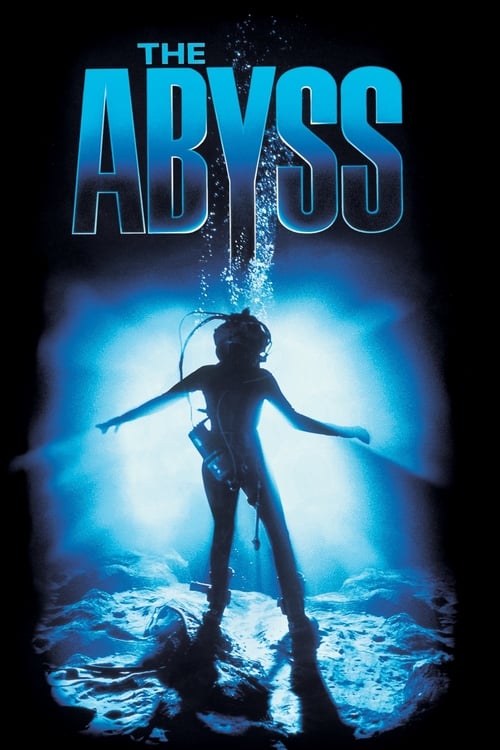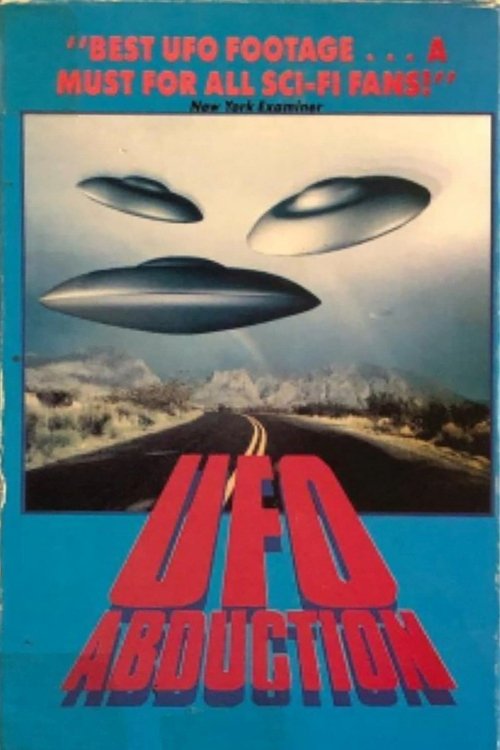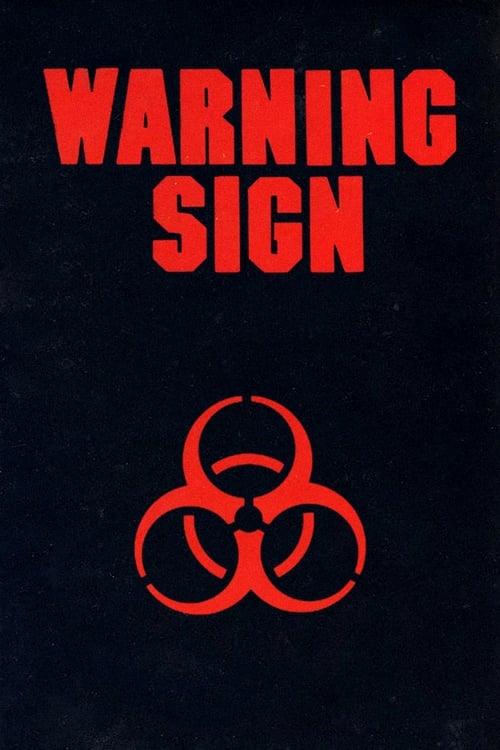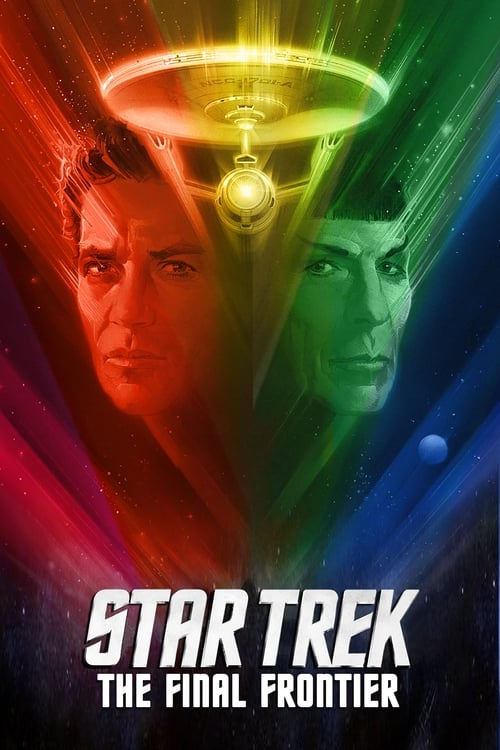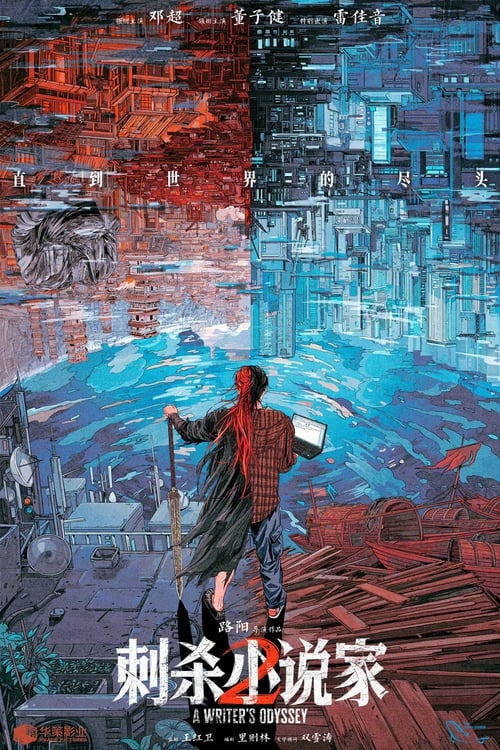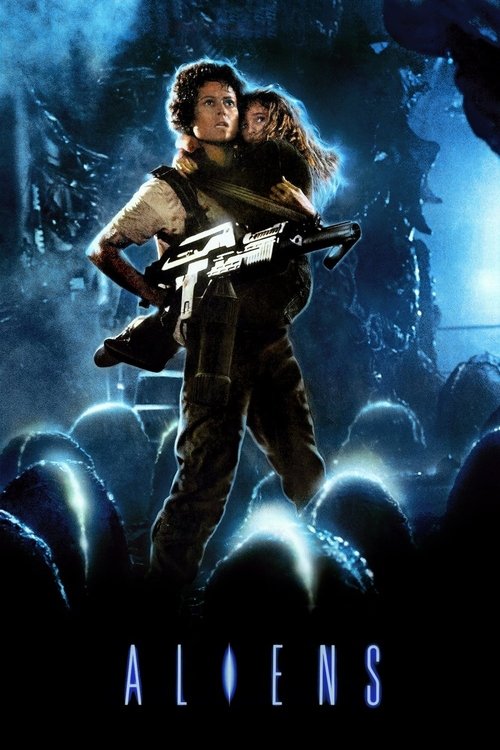
Ask Your Own Question
What is the plot?
What is the ending?
In the ending of "Cyborg," the protagonist, Gibson Rickenbacker, confronts the villain, Fender Tremolo, in a final battle. After a fierce fight, Gibson defeats Fender, but not before Fender reveals his ruthless nature and desire for power. Gibson ultimately rescues the cyborg, who holds the key to humanity's survival, and they escape together. The film concludes with Gibson reflecting on the cost of their struggle and the hope for a better future.
Now, let's delve into the ending in a more detailed, chronological narrative.
As the climax of "Cyborg" unfolds, the scene shifts to a desolate, post-apocalyptic landscape where Gibson Rickenbacker, a hardened warrior, prepares for his final confrontation with Fender Tremolo. The air is thick with tension, and the remnants of civilization serve as a haunting backdrop to the impending battle. Gibson, driven by a mix of determination and desperation, knows that the fate of humanity rests on his shoulders, as he must protect the cyborg, who possesses vital information for curing a plague ravaging the world.
The confrontation begins in a dilapidated warehouse, where Fender and his gang of mercenaries have taken refuge. The atmosphere is charged with hostility as Gibson stealthily navigates through the shadows, his heart pounding with the weight of his mission. He is fueled by memories of his fallen comrades and the hope that the cyborg represents. As he moves closer, he can hear Fender's taunts echoing through the empty space, a reminder of the villain's sadistic nature.
When Gibson finally reveals himself, the tension escalates. Fender, a towering figure with a menacing presence, laughs mockingly at Gibson's attempts to thwart him. The two engage in a brutal fight, showcasing their contrasting fighting styles--Gibson's agility and resourcefulness against Fender's brute strength and ruthless tactics. The choreography of their battle is intense, with each blow exchanged resonating with the stakes at hand. Gibson's determination is palpable; he fights not just for himself but for the future of humanity.
As the fight rages on, Fender's gang intervenes, attempting to overwhelm Gibson. However, he manages to outsmart them, using his environment to his advantage. The warehouse becomes a battleground filled with debris and shadows, each corner hiding potential threats. Gibson's internal struggle is evident; he is not just battling Fender but also grappling with the loss of his friends and the burden of hope that the cyborg represents.
In a pivotal moment, Gibson gains the upper hand, disarming Fender and pinning him down. Fender, desperate and cornered, reveals his true nature, expressing his desire for power and control over the remnants of humanity. This revelation adds a layer of complexity to their conflict, highlighting the stark contrast between Gibson's selflessness and Fender's selfish ambition. With a final surge of strength, Gibson delivers a decisive blow, defeating Fender once and for all.
With Fender incapacitated, Gibson turns his attention to the cyborg, who has been watching the confrontation unfold. The cyborg, a blend of human and machine, embodies the hope for a new beginning. Gibson approaches cautiously, his heart filled with a mix of relief and sorrow. He understands the sacrifices made along the way and the cost of their struggle. Together, they escape the warehouse, leaving behind the chaos and destruction.
As they step into the light of a new day, the film closes on Gibson's reflective expression. He knows that while the battle against despair is far from over, there is a glimmer of hope for humanity's future. The cyborg, now free from the clutches of Fender's tyranny, symbolizes the potential for healing and renewal. The final scene captures Gibson's resolve to continue fighting for a better world, even as the shadows of the past linger in his mind.
In the end, Gibson Rickenbacker emerges as a reluctant hero, having faced his demons and triumphed against overwhelming odds. Fender Tremolo meets his demise, a cautionary tale of ambition gone awry. The cyborg, representing the fusion of technology and humanity, stands as a beacon of hope, suggesting that even in a world ravaged by despair, there is still a chance for redemption and a brighter future.
Is there a post-credit scene?
The movie "Cyborg," produced in 1989, does not have a post-credit scene. The film concludes with the final confrontation between the protagonist, Gibson Rickenbacker, and the villain, Fender Tremolo, after which the story wraps up without any additional scenes or hints at future developments. The ending focuses on Gibson's victory and the hope for a better future, leaving no room for a post-credit sequence.
What is the significance of the character Pearl Prophet in the story?
Pearl Prophet is a crucial character in 'Cyborg,' as she is a cyborg with the ability to communicate vital information about a cure for a plague that has ravaged humanity. Her character embodies the hope for survival and the potential for technology to aid in human resilience. Throughout the film, she is pursued by the villainous Feral Kid and his gang, highlighting her importance as a target due to her unique capabilities.
How does the character Gibson Rickenbacker evolve throughout the film?
Gibson Rickenbacker, portrayed by Jean-Claude Van Damme, begins as a hardened and solitary mercenary, haunted by the loss of his comrades and the devastation of the world around him. As he embarks on a mission to protect Pearl Prophet, he gradually reveals a more compassionate side, driven by a sense of duty and the desire to save humanity. His internal struggle between his violent past and the hope for a better future is a central theme in his character arc.
What role does the setting of a post-apocalyptic world play in the film?
The post-apocalyptic setting of 'Cyborg' is integral to the film's atmosphere and narrative. The desolate landscapes, ruined cities, and the constant threat of marauding gangs create a sense of danger and urgency. This backdrop not only emphasizes the stakes of Gibson's mission to protect Pearl but also reflects the broader themes of survival and the human condition in a world stripped of civilization.
What motivates the antagonist, the Feral Kid, in his pursuit of Pearl Prophet?
The Feral Kid, portrayed as a ruthless and cunning leader of a gang, is motivated by a desire for power and control in a chaotic world. His pursuit of Pearl Prophet is driven by the belief that capturing her will grant him leverage over others and potentially lead to dominance in the post-apocalyptic landscape. His character embodies the brutality and desperation of a world where survival often comes at the expense of others.
How does the relationship between Gibson and Pearl develop throughout the film?
The relationship between Gibson Rickenbacker and Pearl Prophet evolves from one of mere obligation to a deeper bond forged through shared experiences and mutual reliance. Initially, Gibson sees Pearl as a mission to protect, but as they face numerous threats together, he begins to appreciate her humanity and strength. Their connection becomes a source of motivation for Gibson, pushing him to confront his own demons and fight for a future worth living.
Is this family friendly?
The movie "Cyborg," produced in 1989, contains several elements that may not be suitable for children or sensitive viewers. Here are some potentially objectionable or upsetting aspects:
-
Violence: The film features numerous scenes of intense violence, including hand-to-hand combat, weapon use, and graphic depictions of injuries. Characters engage in brutal fights, and there are moments of bloodshed that may be disturbing.
-
Dystopian Themes: The setting is a post-apocalyptic world, which can be unsettling. The atmosphere is bleak, and the struggles for survival are depicted in a harsh manner.
-
Death and Destruction: Characters face life-threatening situations, and there are scenes that involve the death of both main and supporting characters, which can evoke strong emotional responses.
-
Dark Tone: The overall tone of the film is dark and serious, with themes of despair and hopelessness that may be heavy for younger audiences.
-
Mature Themes: The narrative explores themes of humanity, technology, and survival in a way that may be complex and difficult for children to fully understand.
These elements contribute to a film that is more suited for mature audiences rather than a family-friendly viewing experience.





